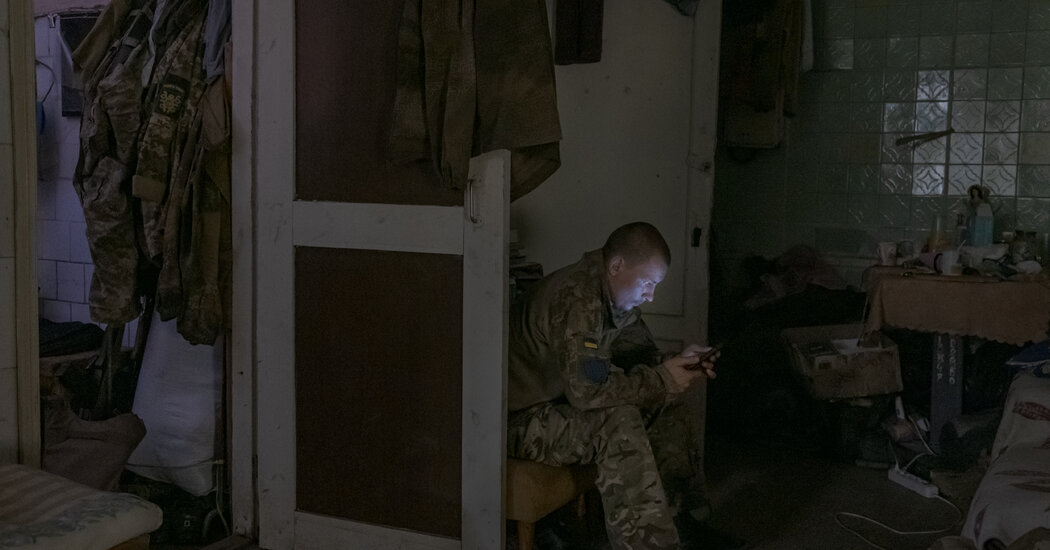
The first person Yana Muravinets tried to persuade to leave her home near Ukraine’s front lines was a young woman who was five months pregnant.
She did not want to abandon her cows, her calf or her dog. She told Ms. Muravinets that she put energy and money into building her house near the southern Ukrainian city of Mykolaiv, and she was afraid of losing it.
“I said: ‘None of this will be necessary when you’re lying here dead,’” Ms. Muravinets said.
Since the early days of the war Ms. Muravinets, a 27-year-old photographer and videographer from the region, has taken up a new volunteer job with the Red Cross: encouraging people to evacuate. In phone calls, doorstep conversations, public speeches in village squares, sometimes even under fire, she has tried to convince Ukrainians that leaving everything behind is the only sure way to survive.
Persuading people to abandon all they have built in a lifetime is one of the many dreary jobs the war has created, and another challenge authorities have faced. While the city of Mykolaiv managed to push back Russian attacks early in the war, strikes have pummeled it and its region, bringing widespread death and destruction. Many residents have left, but hundreds of thousands are still there, and the mayor’s office has urged people to leave.
Ms. Muravinets, who has spent thousands of hours in recent months trying to make the case for evacuating, said she was unprepared for the task. She started having panic attacks, she said, but she felt she must keep going.
“The war isn’t ending and people just keep putting themselves in danger,” she said in a Zoom call from Mykolaiv that had to be cut short because of shelling. “If I can convince one person to leave, that’s already good.”
Boris Shchabelkyi, a coordinator of evacuations of people with disabilities who works alongside Ms. Muravinets, described her as a tireless worker, gentle with the people she needs to evacuate and “always in a good mood” with her colleagues.
With the Red Cross, she has helped evacuate more than 2,500 people, she said, but many have stayed, or returned a few days after they left. It took a month and a half to convince the young pregnant woman to flee, and she left only after her home’s windows were knocked out twice, Ms. Muravinets said.
“Especially when it’s safe, people think it’s fine and live under some illusion,” she said. “They decide to leave only when missiles come to their house.”
For two years before the war, Ms. Muravinets worked for Lactalis, a French dairy company with a plant in the area, and she toured farming villages to check milk quality.
Now that many country roads have become dangerous, she has reached remote villages, avoiding fire by using shortcuts she learned in her previous job. But now, she has to persuade dairy farmers to abandon their livelihoods.
“It’s the whole life for them,” she said. “They say: ‘How can I leave my cows? How can I leave my cows?’”
Before the war, she said a cow could cost up to $1,000. Now, people take them to slaughterhouses to get meat for a fraction of that.
Ms. Muravinets said some farmers who agreed to evacuate left the corrals open, so the animals would not starve, and cows, bulls and ducks now roamed village streets looking for food and water.
“The people who had money, opportunities, cars have already left,” Ms. Muravinets said. But others, living in bunkers for months, told her that they were ready to die there because they refused to leave.
She said she was staying for the same reason.
“The people who are left are those who are ready to sacrifice their lives.”
Valeriya Safronova contributed reporting from New York.




